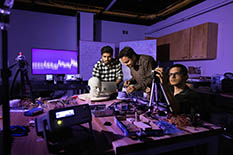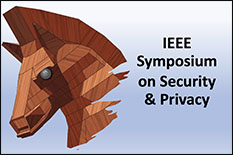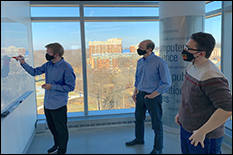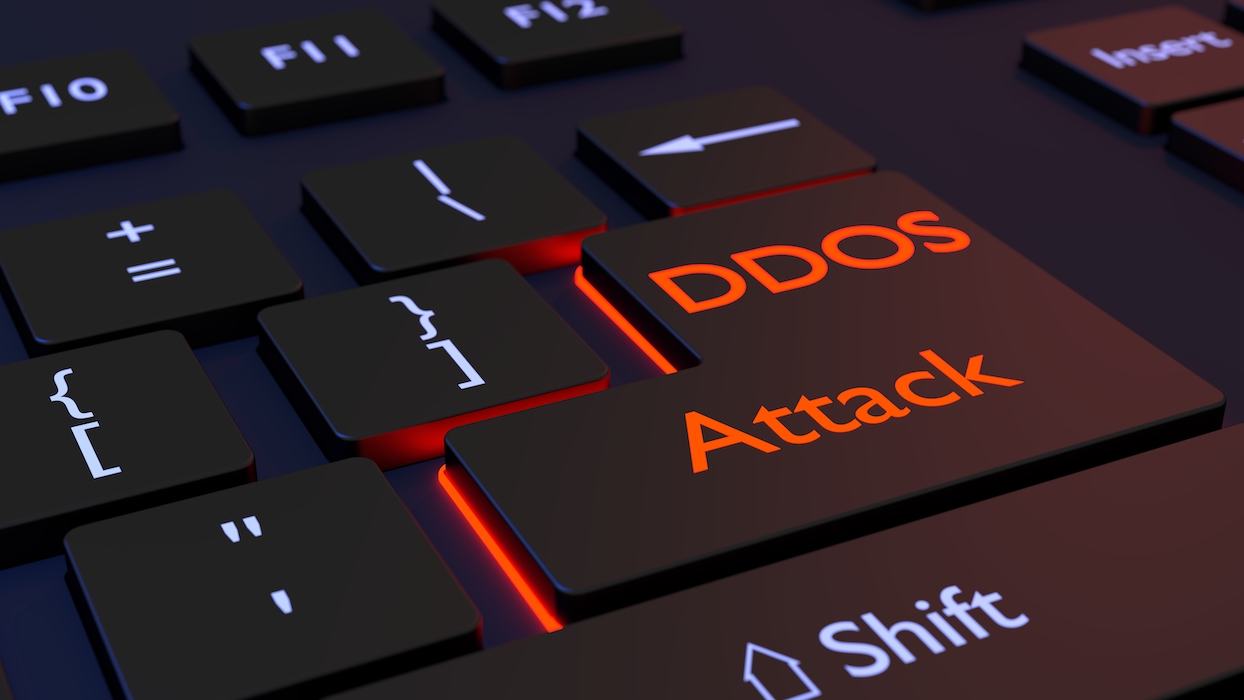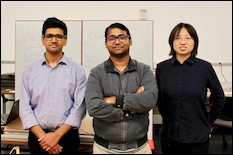News Story
Liu Teams Up with Army Research Laboratory to Streamline Data
Published May 2, 2025
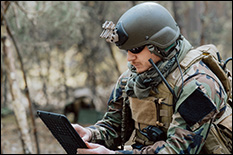
A University of Maryland researcher has received funding from the U.S. Army Combat Capabilities Development Command Army Research Laboratory (DEVCOM ARL) to develop data systems that deliver real-time awareness without overwhelming tactical networks—especially in demanding environments like combat zones or those struck by natural disasters.
Alan Liu, an assistant professor of computer science with an appointment in the University of Maryland Institute for Advanced Computer Studies, is principal investigator of the $1.3 million award. The funding supports his efforts to improve tactical networks—which often operate under extreme resource constraints like low power, limited bandwidth, and constantly changing conditions—using novel digital tools known as approximation-based algorithms.
These algorithms—grounded in estimation techniques known as sketch-based analytics—generate simplified representations of complex data. They summarize key environmental details and preserve critical insights while significantly reducing the data load. This allows sensor data to be collected, processed and transmitted more efficiently, ensuring personnel and the control center get the information they need, when they need it.
The project is a collaborative effort between DEVCOM ARL researchers; Liu; his co-principal investigator Vyas Sekar, a professor of electrical and computer engineering at Carnegie Mellon University; and their students.
Traditional systems attempt to transmit all available data, a strategy that quickly breaks down in low-bandwidth environments.
“We need a way to maintain critical awareness without overwhelming the system,” explains Liu, who is a member of the Maryland Cybersecurity Center.
His approximation-first approach shifts the focus to what matters most—prioritizing key environmental changes like emerging threats or terrain shifts. Rather than raw streams of data, participants receive concise, high-impact updates, enabling faster decision-making in situations where every second counts.
For military personnel in the field, this could mean quicker threat detection and improved coordination. A combat helmet equipped with cameras and LiDAR sensors, for example, could transmit vital terrain updates to command while conserving battery life and operating in low-connectivity zones.
Liu’s earlier work in big data and cloud analytics laid the foundation for this research. After years spent optimizing large-scale data systems, he is now applying similar principles in environments where every byte of data and every bit of energy matters. Ahead of potential real-world deployment, Liu plans to test and refine the system using Internet of Things (IoT) testbeds and tactical network simulations.
Beyond tactical networks, these technologies could support disaster response and remote monitoring. Similar systems might help assess damage after natural disasters, track wildlife in hard-to-reach areas, or improve network access in rural and underserved communities.
“Our ultimate goal is to create adaptable, energy-efficient solutions that enhance real-time decision-making,” Liu says. “By transmitting only the most essential data, we can transform how people interact with their environments—both on the battlefield and beyond.”
—Story by Melissa Brachfeld, UMIACS communications group
